How Do I Know If My Old Home Is Safe? Helpful Tips To Protect Yourself
Topic:
Remodel Old Home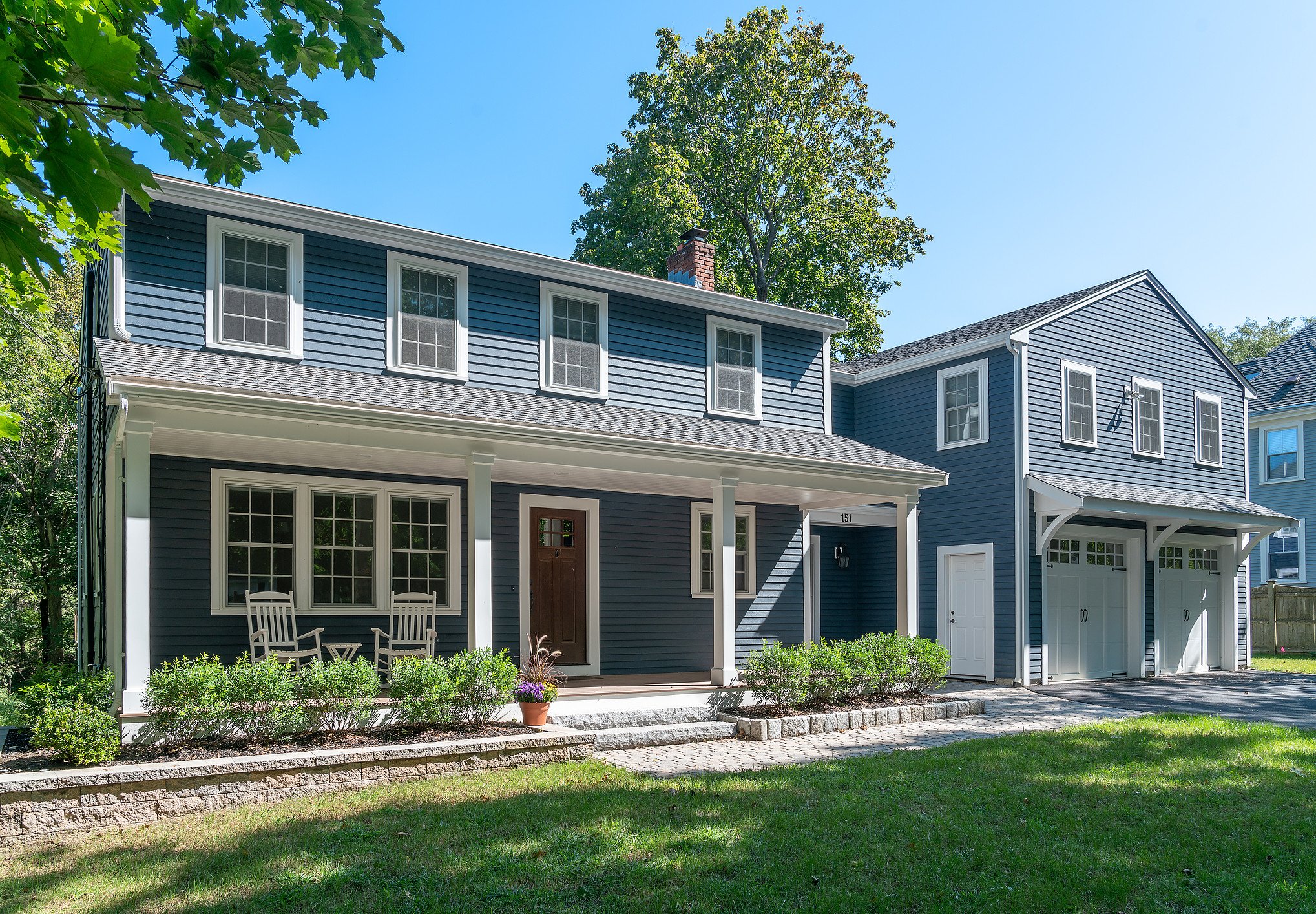
You’ve found an old home in the perfect neighborhood. Now what? Or perhaps you own an older home and you are fairly certain it is in need of a bit of TLC. How do you know if an old home is structurally sound? While there is a lot to be said for the craftsmanship of yesteryear, time does not care about any of that.
To know how safe an older home is, you need to perform a structural damage inspection. You can do this on your own, but to really understand what you are seeing, an annual inspection by a professional is a good idea.
It’s important to take a close look at an older home from foundation to rooftop, whether you are looking to purchase or have been living in the home for some time. Foundations can begin to leak over time, walls can start to bow, and rooflines can become less than straight and true.
Below is a virtual walk-through of what to look for to know if your old home is safe, and what to do if it is not.

Examining a Foundation for Structural Damage
Without a firm foundation, structural problems in a home can multiply quickly. Here are some things to look for:
- Fieldstone — Many older homes have foundations of fieldstone which can leak from the very beginning, much more so over time. Leaks turn into cracks and cracks can grow and compromise the integrity of the foundation.
- Support Beams — If your old home was built with post and beam construction, the support beams need to be examined carefully. Especially where they meet the foundation at the sill, insect infestation or moisture (or both) can compromise the integrity of those beams. If you’ve seen a renovation show where they stick a screwdriver deep into a beam, or flick away bits of wood to reveal a huge gap between the sill and the rest of the beam, you know the problem here.
- Walls that Bow — Foundation issues can also be seen in walls that bow on the first or second floor. This is a sign that the support beam below has rotted and is not doing its job.
Newer homes have sill seals at the bottom of the wall, so water cannot infiltrate to the floor joists. In older homes, you can take a straight edge or level to see if the home is bowing out. If replacing the sill is necessary, your contractor should install a seal to prevent future problems.
Examining a Roof for Structural Damage
I’m not suggesting that you climb on the roof here. A pair of binoculars will do the trick. If you happen to have a drone with a camera, even better. You want to look at the shingles, flashing and the roofline for structural deficiencies.Once you inspect from the outside you should go inside and inspect the attic. Here are five things to look for:
- Rafters — Homes built prior to the 1960s may have rafters that are too wide by modern standards. Instead of 16 inches, in old homes they may be spaced 19 to 20 inches apart. Rafters also may be too narrow to meet modern building codes. Look for any signs of splitting or cracking in the rafters.
- Ridgeline — How is the ridge set up? Older homes may not have a ridge beam. Look at the condition of the collar ties, the wood below the ridgeline that connects the two rafters as they come together at the ridge. The collar tie keeps them in place.
- Sheathing — Look at the sheathing below the shingles. In older homes, instead of plywood, wide planks of wood were often used. Gaps can form between these planks. If the gaps get too wide, it may be time to switch to plywood.
- Ventilation — If you’ve done some work in the past to tighten up the home, you may see signs in the attic that more ventilation is needed. Spray foam and other forms of insulation are great, but if moisture is trapped and not ventilated, it can cause damage to the roofing materials.
- Rain Gutters — Check that the downspouts are pushing water away from the home and are properly sized: 5 or 6 inches is ideal. Be sure the downspouts lead away from the home. As you direct water away from the home make sure the grading leads away from the foundation and the water follows the natural topography of your lot so water moves away from the home. Puddles by the foundation mean problems.

Examining Windows, Exterior Doors, and Siding for Structural Damage
Windows, exterior doors, and siding make up what is called the building envelope. In older homes where the envelope has not been updated, airflow in and out of the envelope can be very porous. Aside from energy inefficiency, when the envelope becomes too porous it can be a pathway for moisture infiltration. Here are a few things to look for with the building envelope:
- Flashing — Between the edge of windows and exterior walls you will find flashing, a thin material that should keep moisture out at those critical points of transition between materials. Today’s method for flashing is so much better than it was 8 to 10 years ago. It keeps the home envelope tight, manages energy loss, and manages infiltration of moisture to keep the structure dry.
- Vapor Barriers — Older homes were not built with a vapor barrier. The closest thing is felt paper that was used in the early 1900s, but mostly there was no vapor barrier. What does a vapor barrier do? Without it, moisture collects on the back of siding and trim. The warm air meets the cold air and it condenses making the siding and sheathing wet causing premature failure. A vapor barrier keeps that moisture away from the siding and sheathing. If you see blistering of the paint on the exterior that is one sign of a moisture issue.
- Rainscreen Barrier — This is material with a raised surface. When installed beneath the siding it leaves a ⅛ inch gap, allowing moisture to drain down instead of getting wrapped inside the siding.
- Clapboard — Old wood siding, known as clapboard, was only painted on the outside. When moisture infiltrates behind the clapboard, it is prone to water damage and rot. Modern siding is primed on both sides, keeping moisture out and protecting the siding and sheathing.

Interior Structural Damage Assessment
The last step in this inspection process is a close look inside your home. Here are some of the things that will be assessed:
- Ceilings — Go into the area in a big room and make sure the ceiling is not sagging. Measure the height in the interior of the room versus the edge of the room. If you see that you may have undersized framing.
- Floors — If you notice a bit of bounce in the floor you may have a structural issue. Often in old homes the rafters and joists can be off center. Walk around the floors and if you notice anything that is out of level. If a ball on a smooth floor does not stay in place, that can be a sign of structural problems.
- Interior Doors — Check for doors in interior rooms. Do they stick and need to be pushed open? Are there uneven gaps at the top or bottom of the door? Check windows as well for ease of opening and closing. Being a bit out of square can signal larger structural issues.
- Mold — You don’t want to mess with mold. It can be a health hazard and the source of the issue should be located and remediated as soon as possible.
Keeping Your Older Home Safe
As any home ages, structural issues can come up. Knowing what to look for from foundation to roof will help you stay ahead of these issues. It is a good idea to work with a professional builder to inspect your home and correct issues as they are found. A yearly inspection — people often choose springtime — can help you anticipate and address structural problems before they become issues of safety for you and your family.
To learn more about home remodeling, especially when it comes to an older home, please read our eBook, “The Top 12 Things to Know Before Remodeling an Old Home.” And if you are ready to speak about renovating your older home, please schedule a home renovation discovery session.





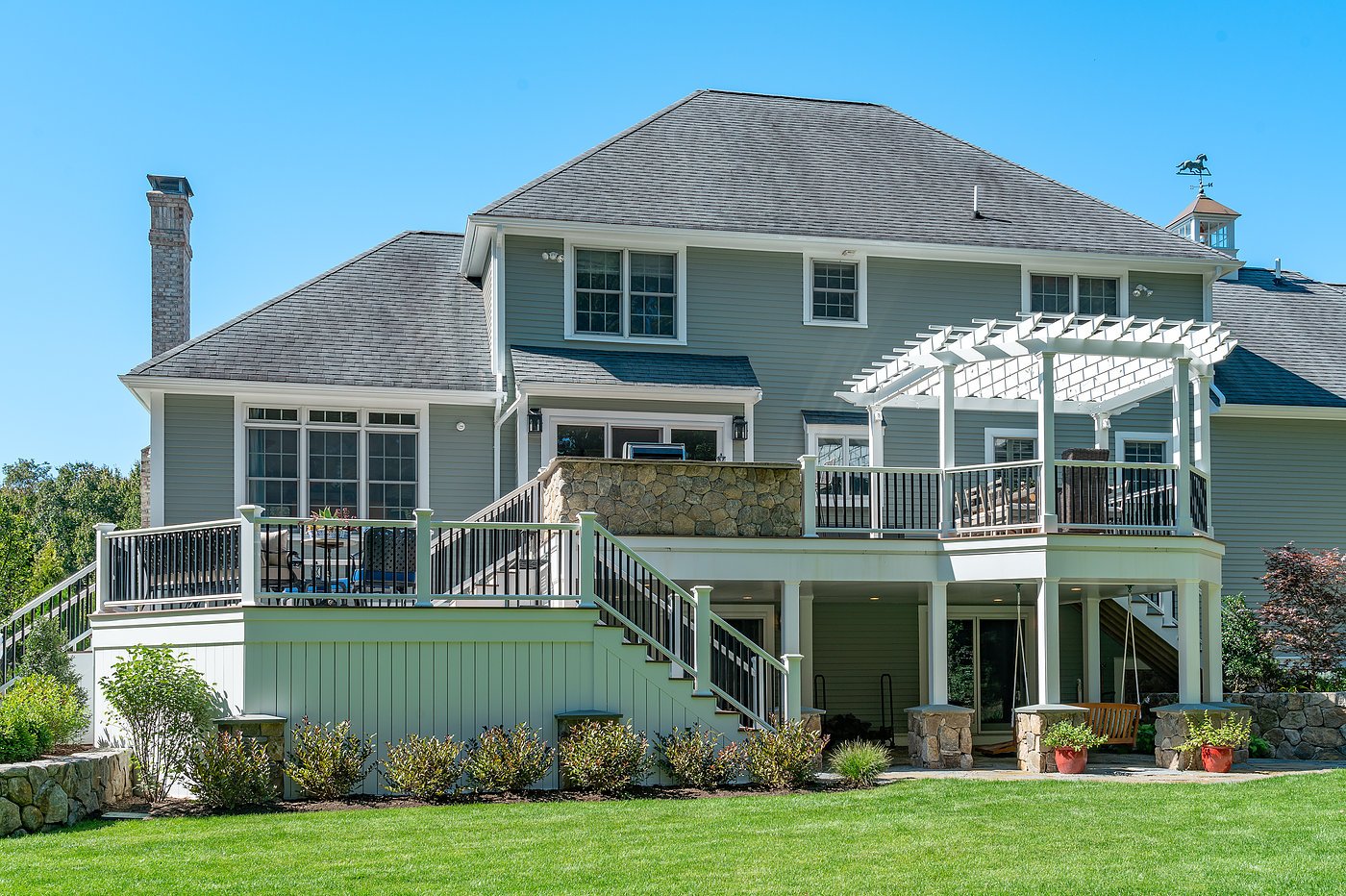
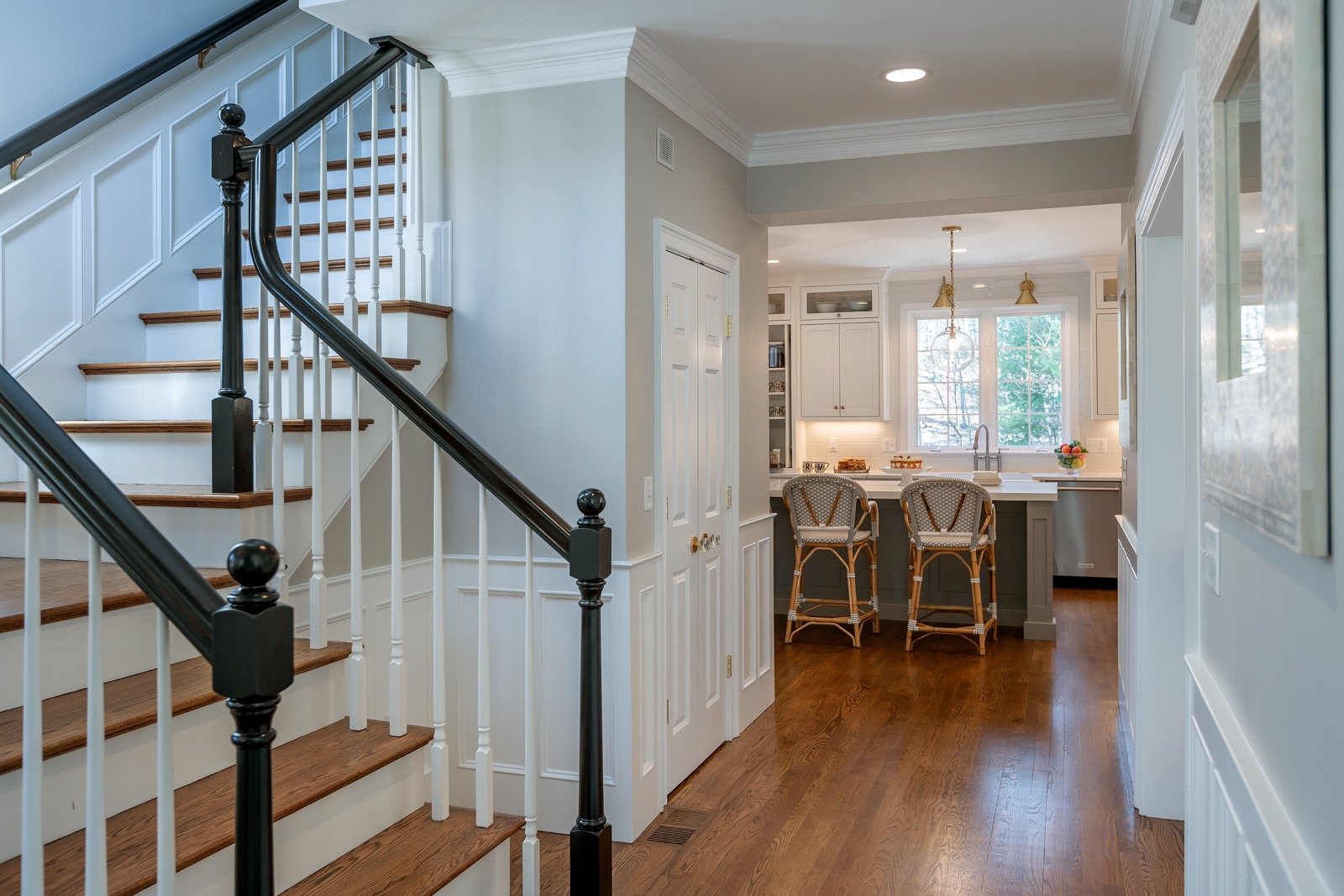
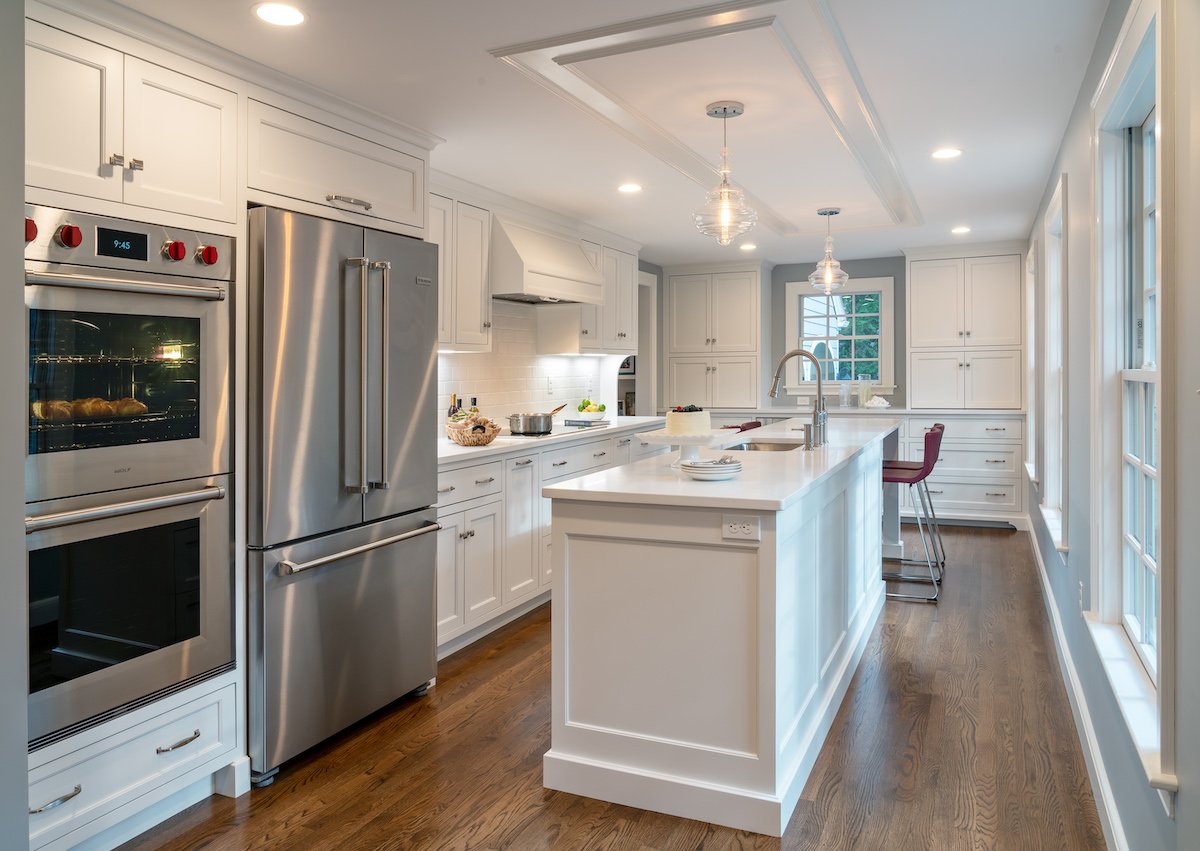

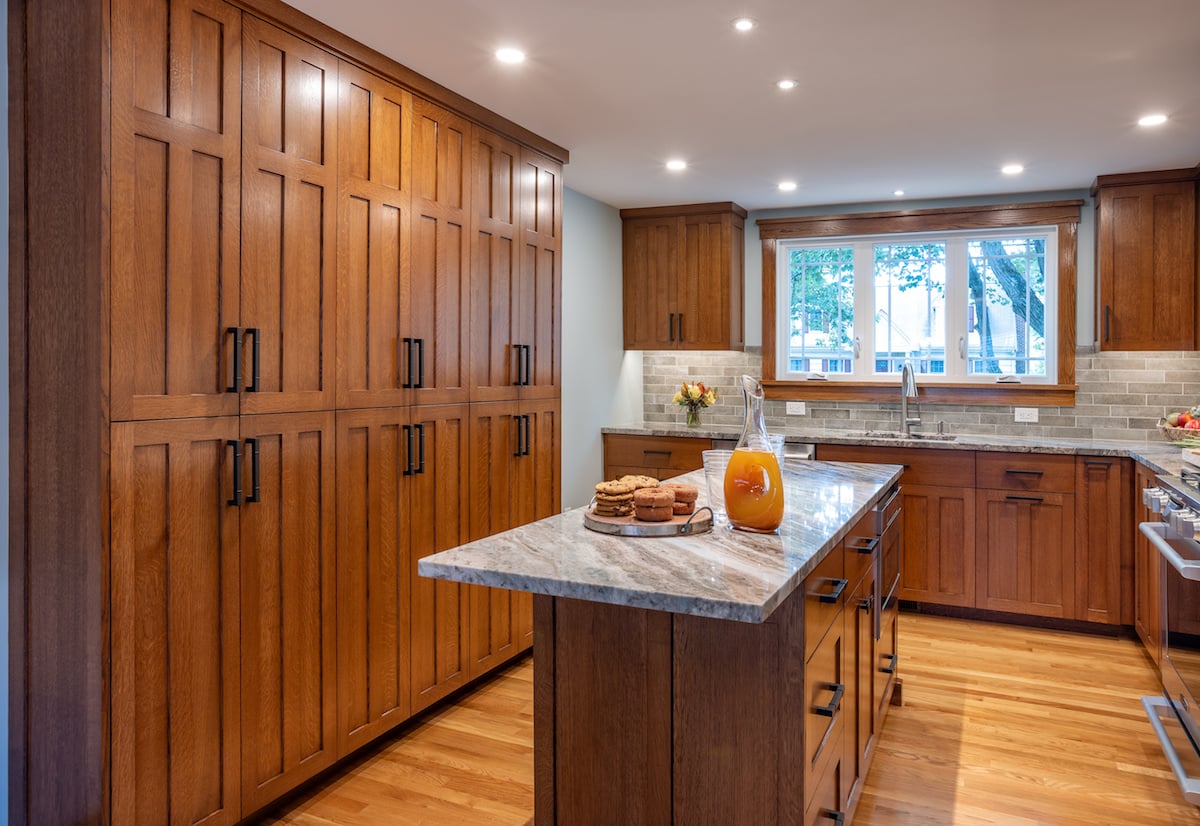
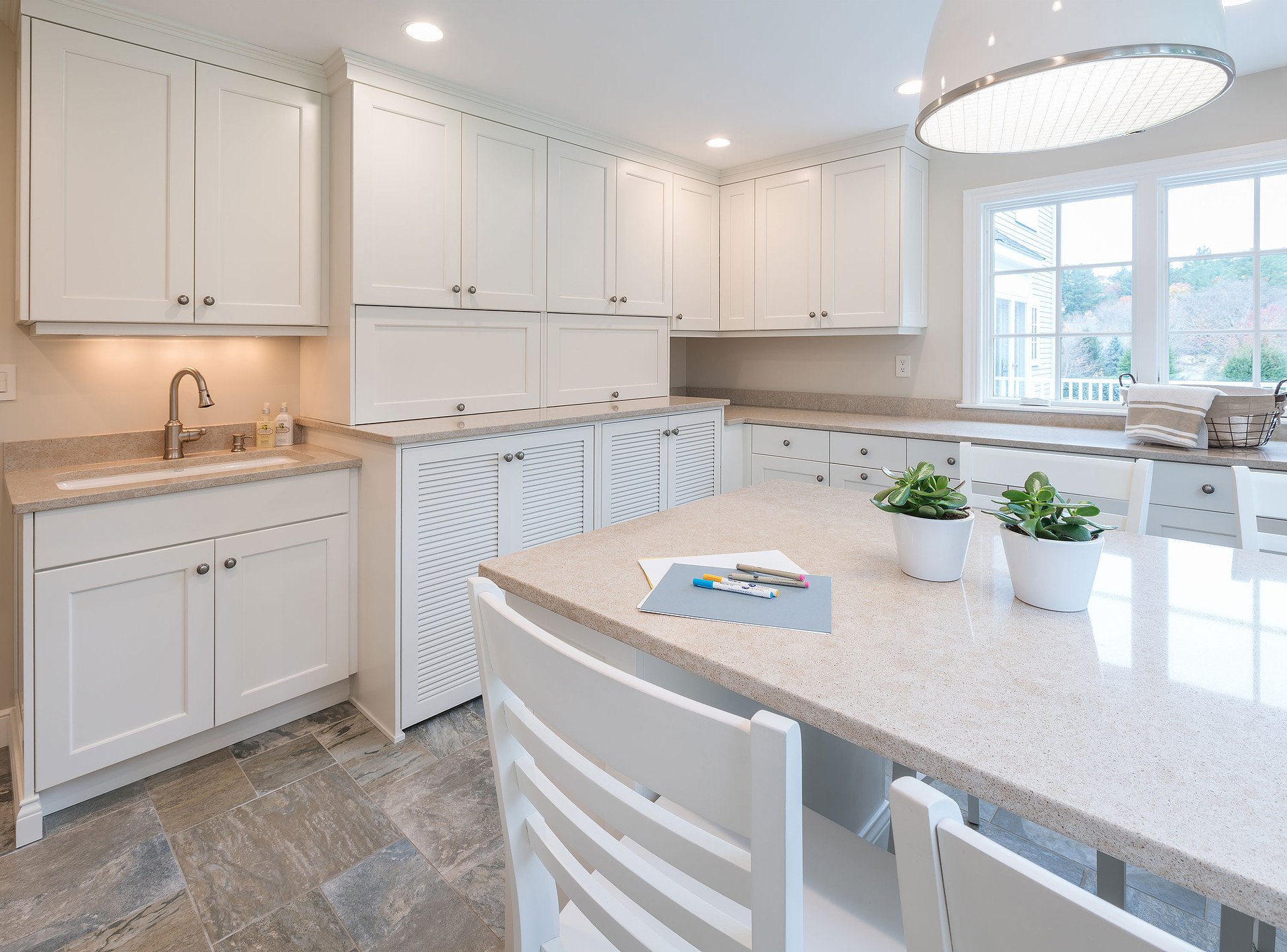








Leave a comment